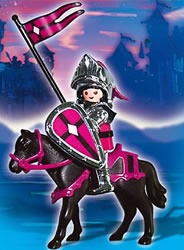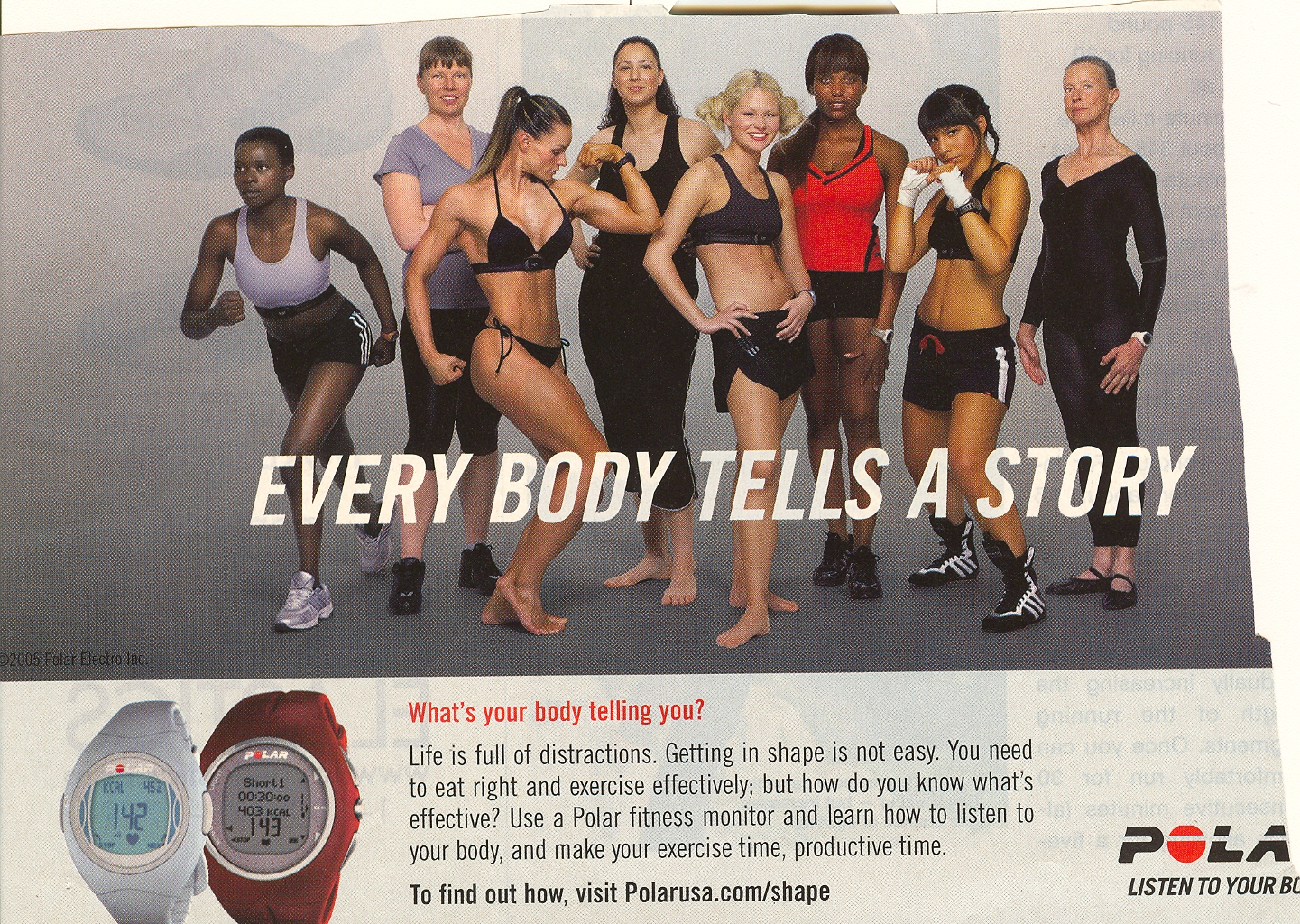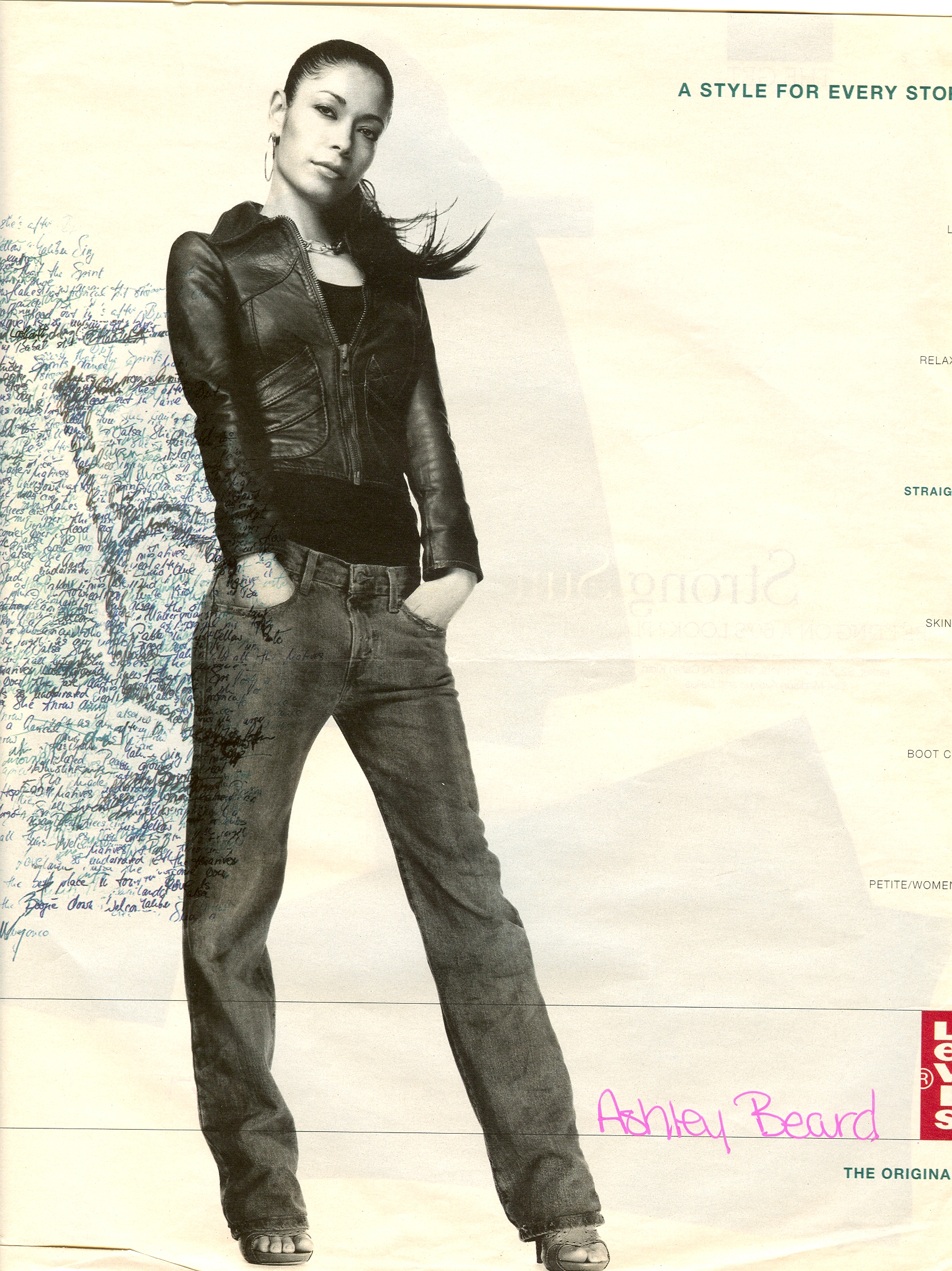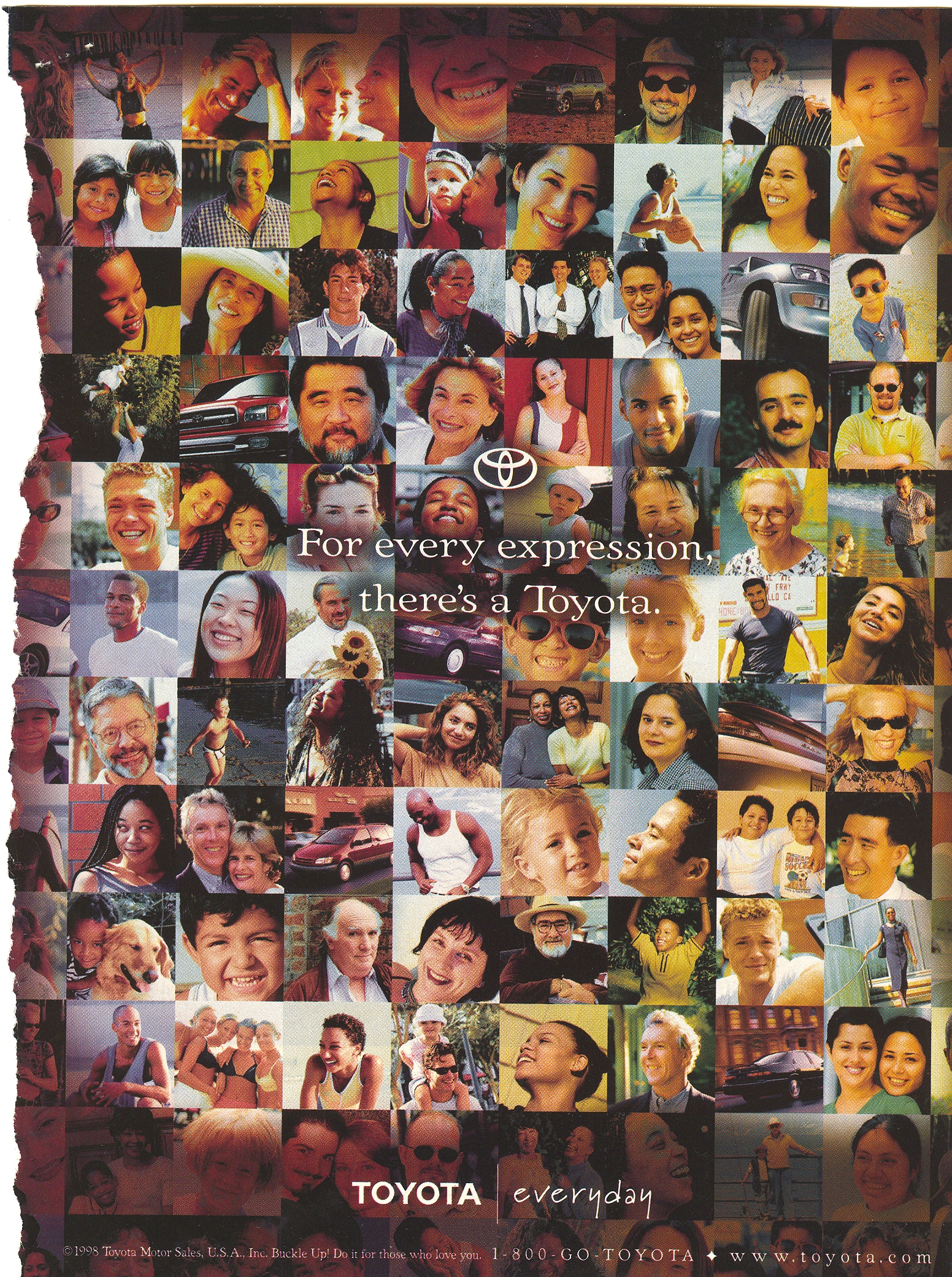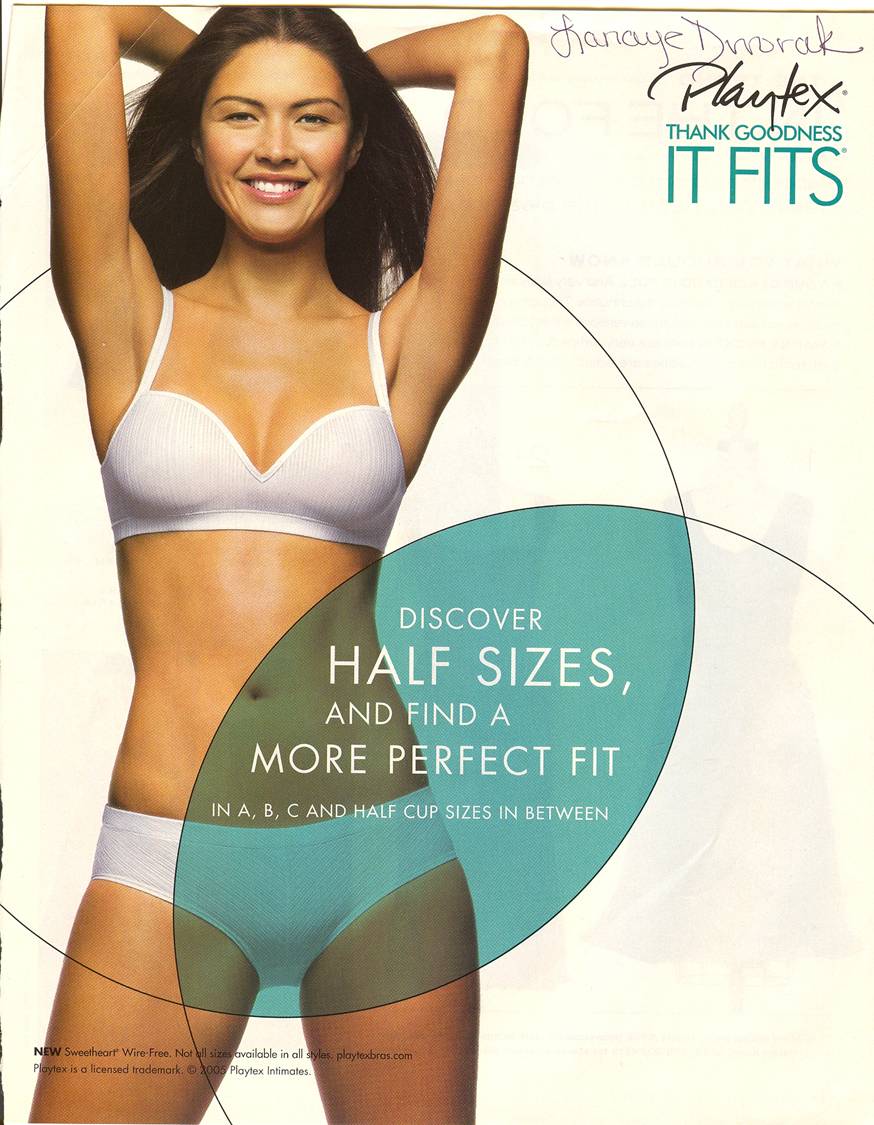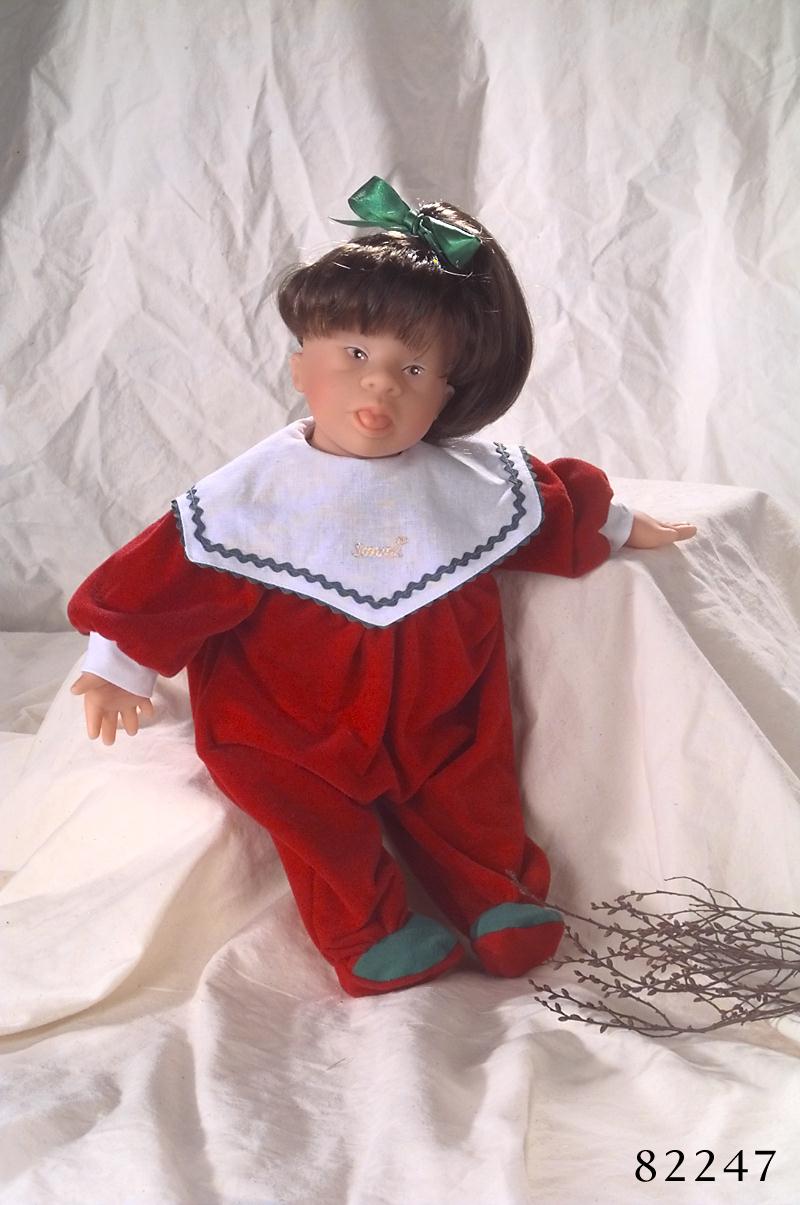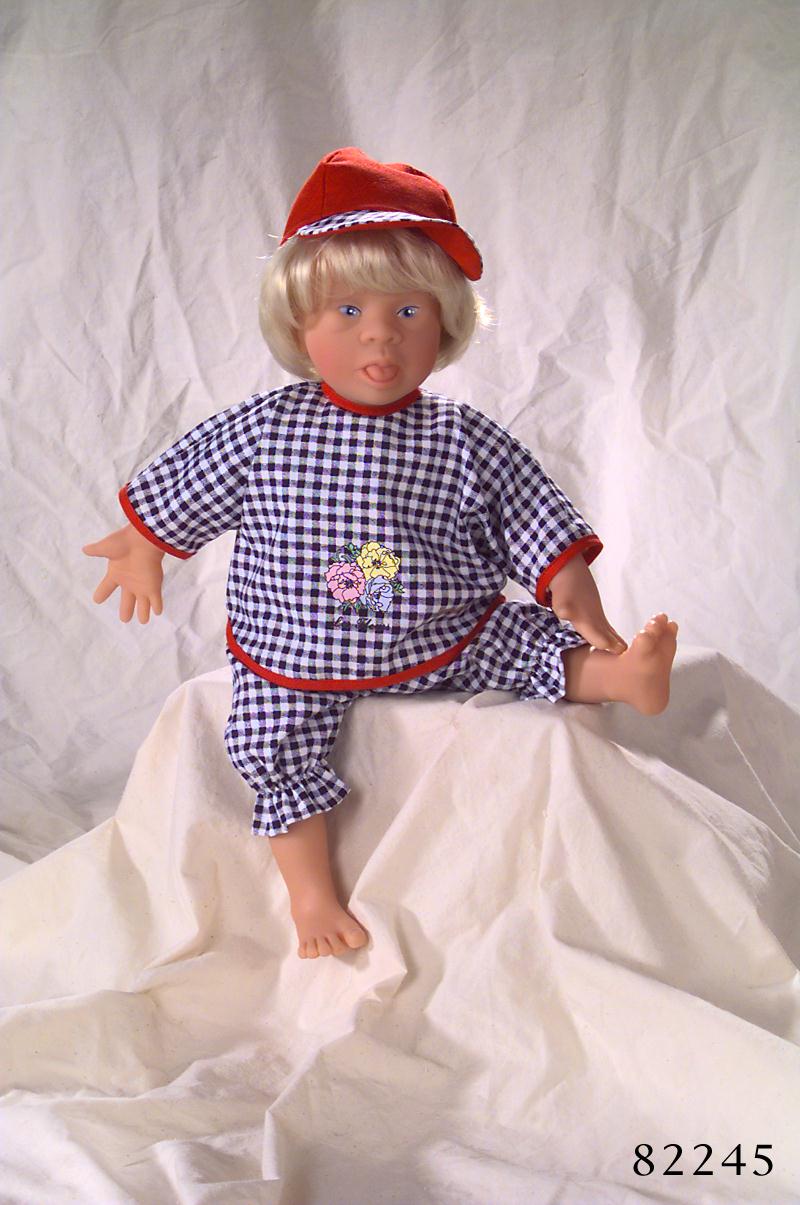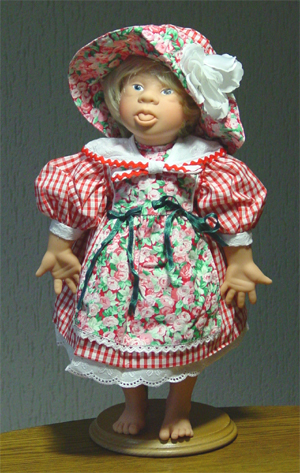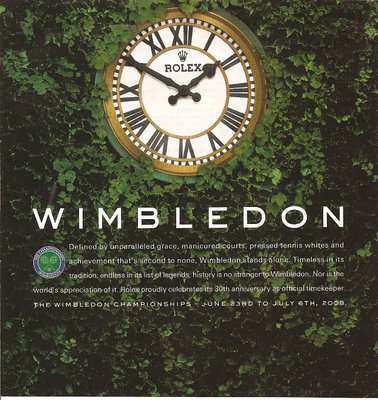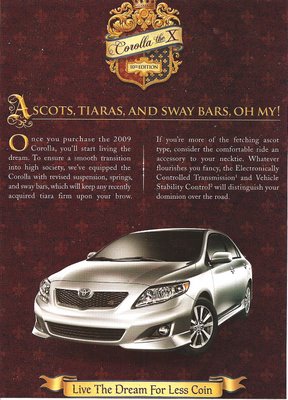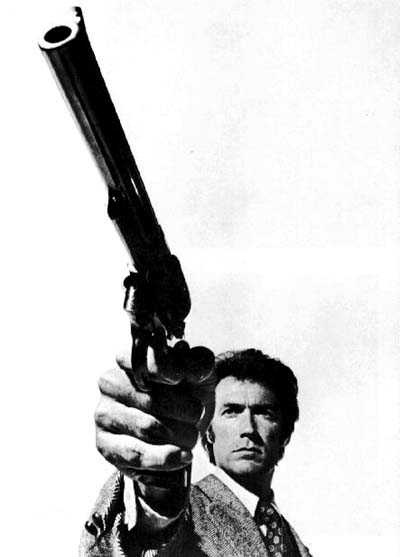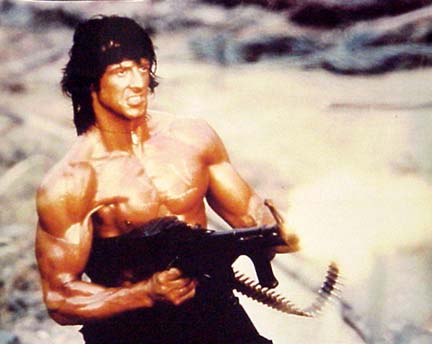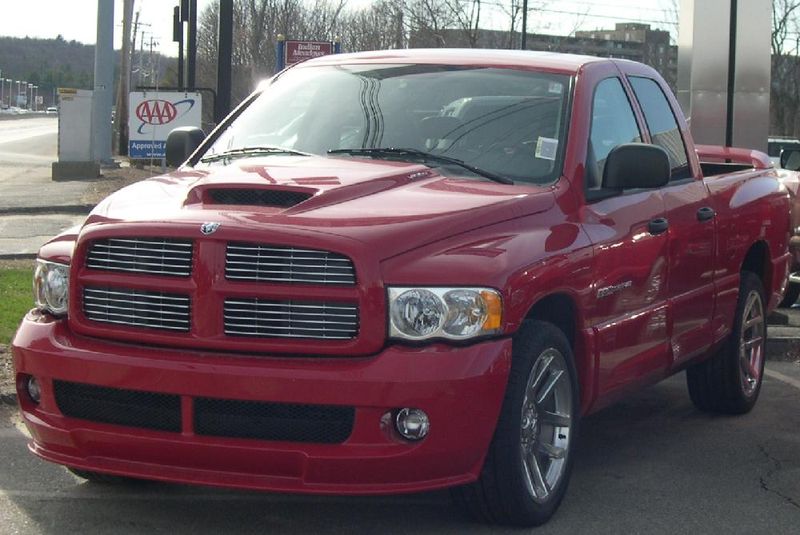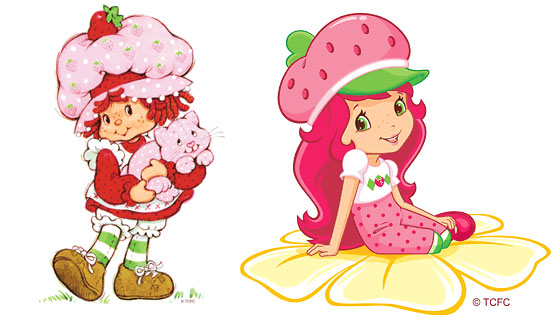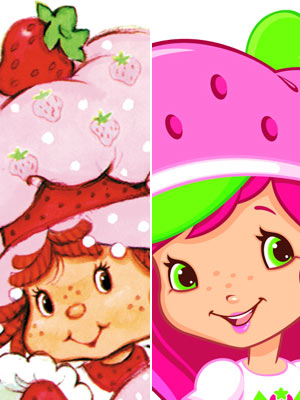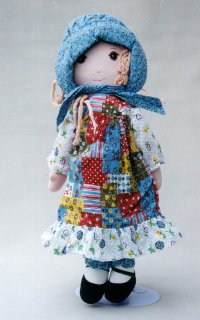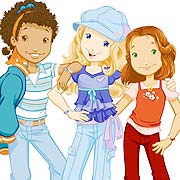In her book Gender Play: Girls and Boys in School, Barrie Thorne looks at how children play an active role in socializing themselves and one another. It’s an interesting insight because we often portray children as these passive, empty vessels who are acted upon by adults, the media, and so on, but who play no role in defining or interpreting the world around them (sometimes in ways that are much more rigid and cruel than what adults do).
An example of this is the way that kids often play with toys in ways that aren’t, um, intended by the manufacturers or parents. I mean, Barbie may represent a certain type of femininity, and kids may receive that message and be affected by it…but they often also make Barbie have an awful lot of casual sex, have superpowers, or become horribly deformed after being mutilated (my cousins and I played a game where we tried different ways of popping Barbie’s head off). My point is simply that kids aren’t just passive recipients of a set of messages about the world and, thus, that we can’t always assume that because a toy is “supposed” to reflect a certain cultural ideal that kids are always unambiguously getting that message.
Elizabeth Z. sent in a good example of this when she describes how her daughter plays with some Playmobil figures. Here is a picture of the Silver Knight:
A description from a website selling the figure:
The Playmobil Silver Knight is a perfect addition to your world of Playmobil Toys. He is as strong and valiant as knights come! Riding a black horse and carrying his flag of honor, the Playmobil Silver Knight is ready to take on any battles and enemies that get in his way – and of course he’ll be successful! The Playmobil Silver Knight set includes a knight dressed in silver/purple armor, a black horse in black/purple riding gear, shield, and battle flag.
While this company has very clearly gendered this figurine, on the Playmobil website, the gender is not given–it’s just “Silver Knight.”
Now, my guess is that a lot of parents buying this toy are going to interpret it as a male knight for the simple reason that, you know, knights are guys. The princesses they save are girls. I have no idea what Playmobil intended–if this is supposed to be a gender-ambiguous figure that could be male or female or not (Elizabeth points out the hair is long, and thus “feminine,” by our standards but would have been pretty clearly an acceptable hairstyle for men in medieval times).
But regardless of what Playmobil “means” this toy to be (that is, whether or not they manufactured it to be gender-neutral), kids such as Elizabeth’s daughter are going to do their own interpreting:
I noticed that my daughter’s micro castle world…had two knights, and she called them the boy and the girl. They didn’t to my eye appear to be a boy and a girl — the “girl” had hair in a cut that’s called a “pageboy” for a reason, you know — but I could see why she thought of that way…my [daughter] has an answer she’s happy with to the question about where the princess is; not captive, not sitting at home in a dress, but riding on a horse with a big sword. That works for her.
When we’re talking about kids, toys, and socialization, we should keep in mind that kids can be awfully creative and smart and might not be seeing things the way us adults do.
Thanks, Elizabeth!

